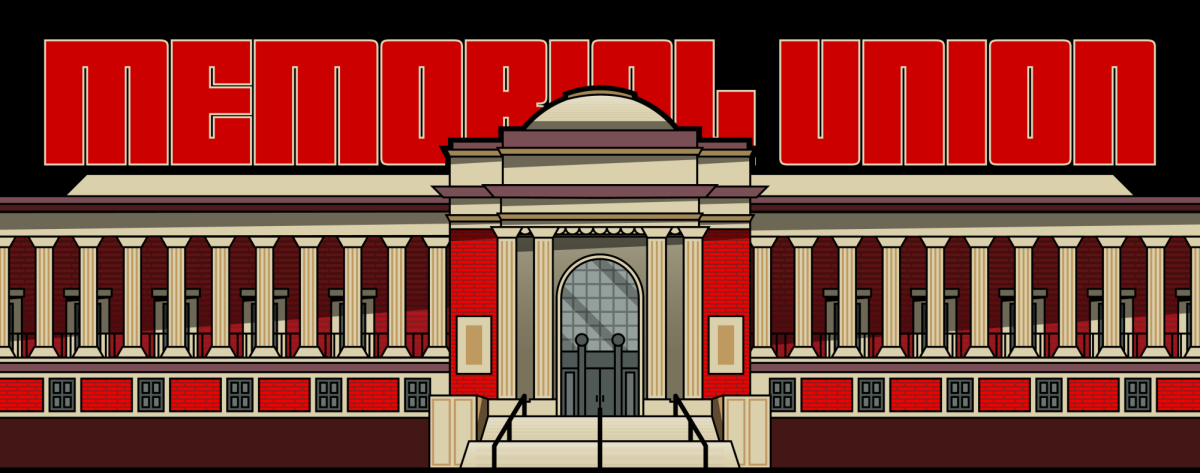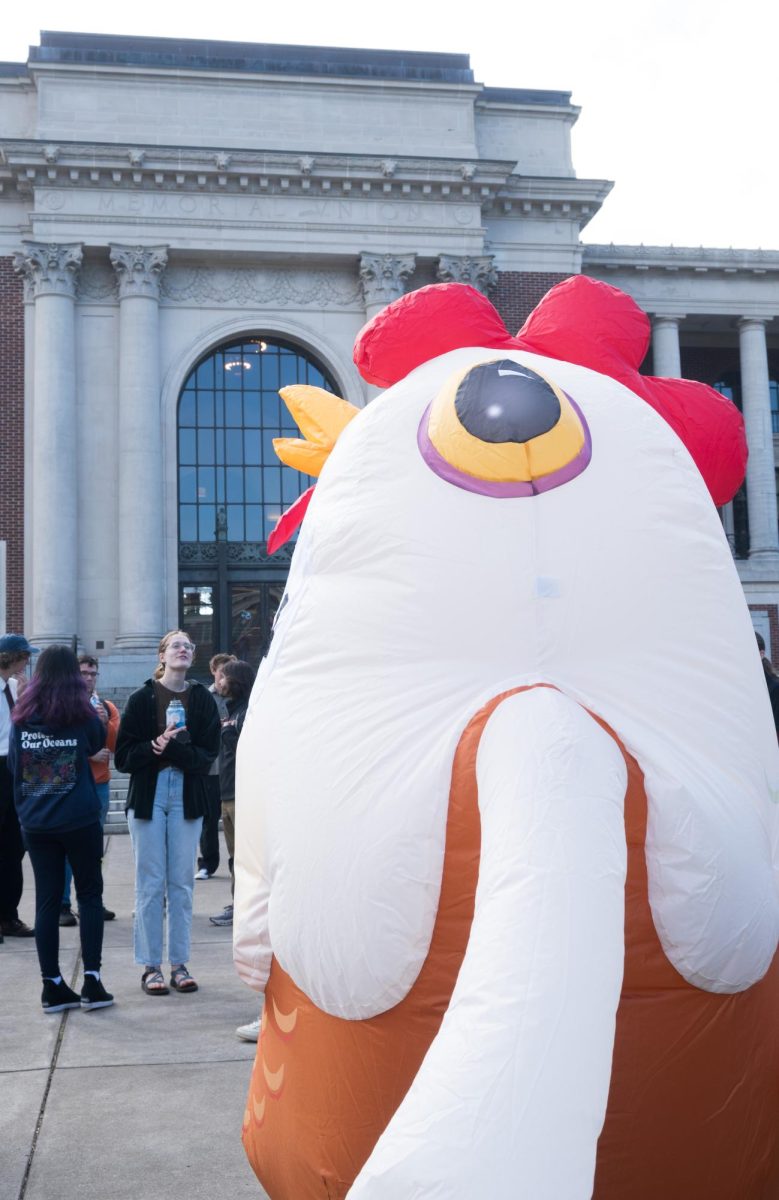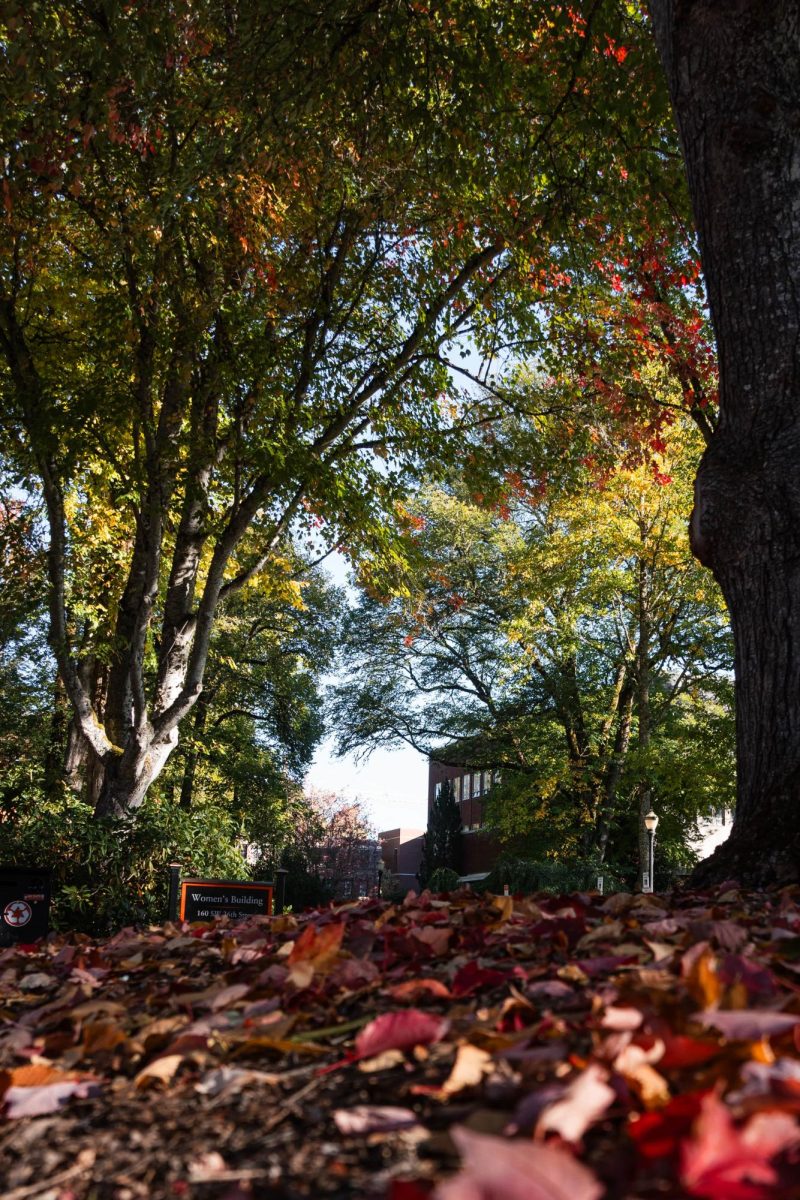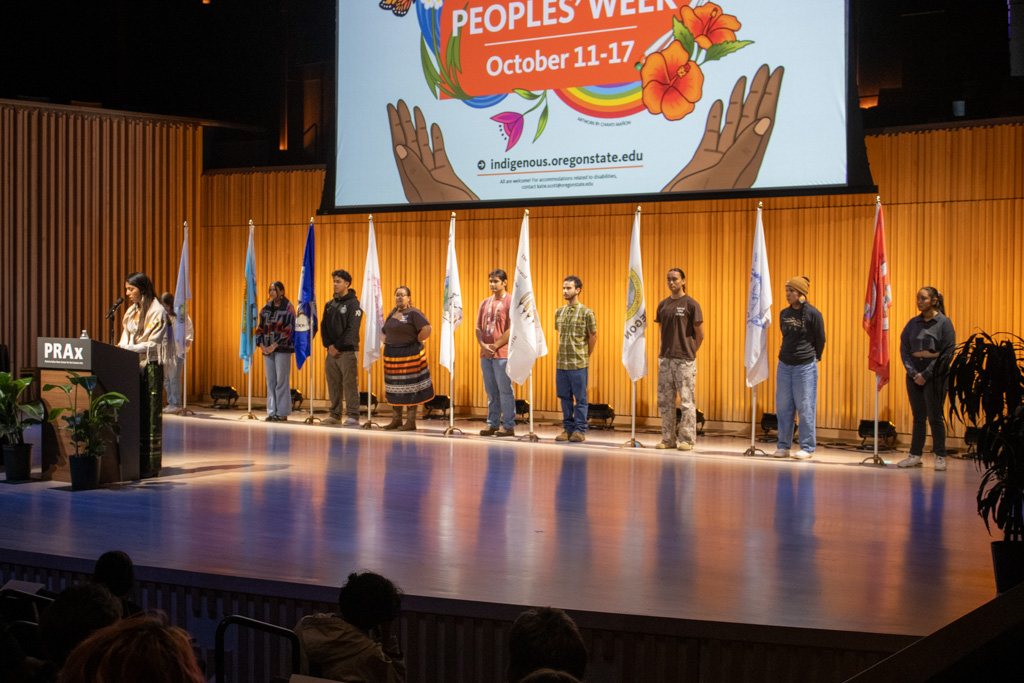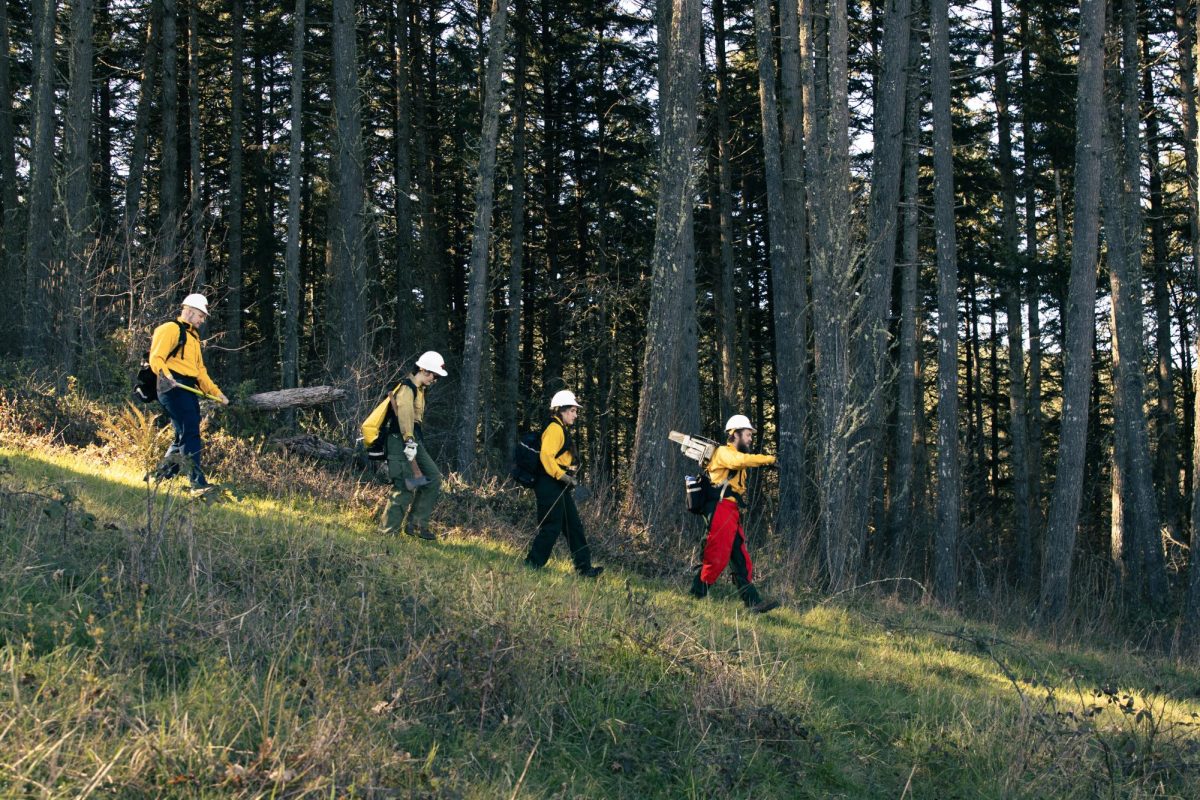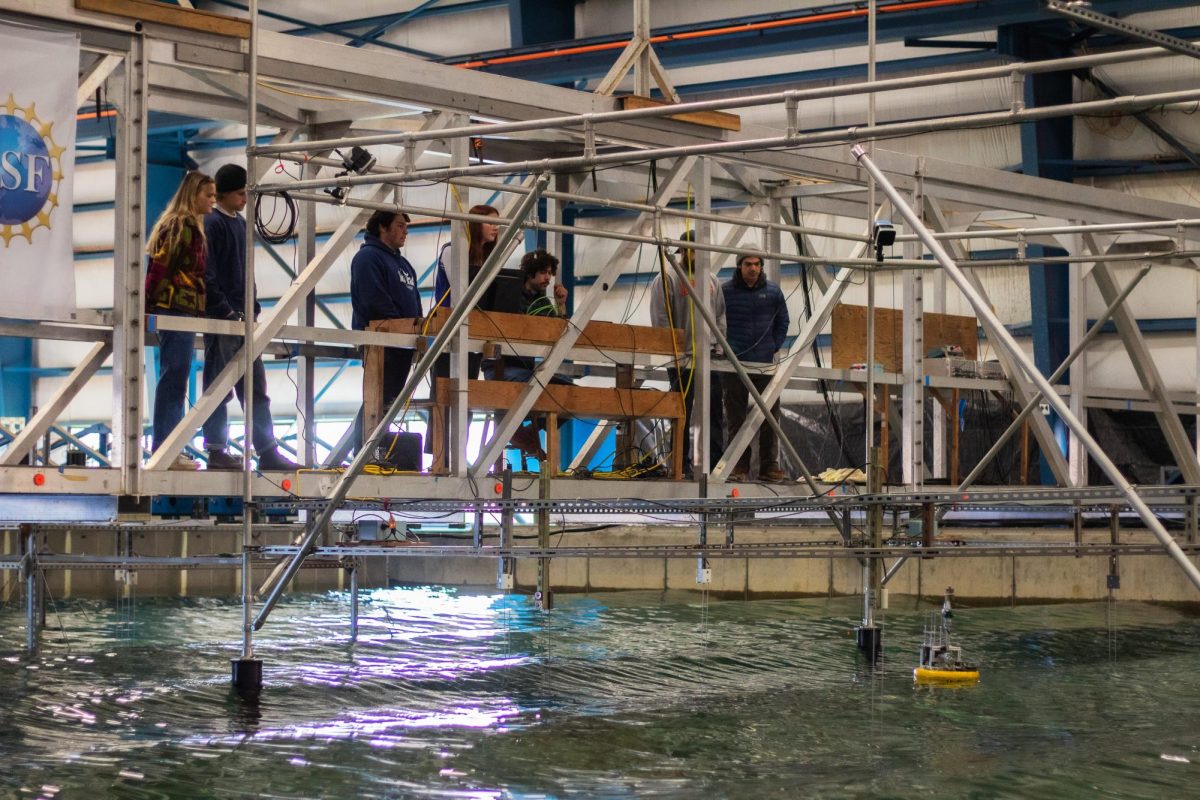A beacon of red brick and neoclassical architecture standing wise and elderly among its peers, the Memorial Union at Oregon State University has become an icon of the University’s past and present.
Although predetermined upon its drafting to act as a center for campus unity, the building had another purpose for its installation; the Memorial Union, in its grandeur, would be erected as a memorial to the veteran students who lost their lives in World War I and the Spanish-American war.
Mike Mayers, the assistant director of facilities at the Memorial Union, recalls an early 1930s bulletin describing the building as being both an unified center of campus life as well as a monument to the lives of soldiers lost.
“90 plus years later that is still true,” Mayers said.
The Memorial Union was established in 1926 when ground broke on the building which had been conceptualized and fundraised for by a group of OSU students. The group sought both to memorialize their fellow students who had fought in recent wars and to follow other universities in creating an all-encompassing home for student activity.
The building was designed by architect Lee Arden Thomas, a 1907 alumni of OSU. Two years after its construction began, the Memorial Union opened its doors for the first time on June 1, 1928. A formal dedication ceremony was held exactly a year later.
For over 90 years, the Memorial Union has served the OSU community with study spaces, meeting rooms and various other recreational and educational resources. With added improvements and additions along the years, for over nine decades the building has housed amenities ranging from restaurants and newsrooms to bookstores and resource centers.
Though the specifics of the building’s inner workings have changed alongside the growth of the University and its diversifying needs, the student-centered mission at the Memorial Union has remained the same, and it has no plans on changing.
“The campus student union is a place where everyone is welcome,” said Memorial Union Director Deb Mott. “… It’s more than a building, it’s a place to just be.”
Though, with the many functions housed within the building’s lengthy corridors and ornate concourse, some believe the deeper meaning behind the Memorial Union may be lost among the amenities and bustling droves of students and visitors it ushers through its doors everyday.
“I’m afraid I’m not sure how many students are aware of the building being a war memorial,” said Cydney Hill, University records manager. “If they are – which war is being remembered.”
Hill fears that, to many of its everyday guests, the building’s dedication is often overlooked.
Yet, this duplicity was not overlooked by the building’s early contributors. In fact, the building was designed specifically to prioritize functional use over idle consecration.
In an excerpt from his address to the student body in February of 1928, OSU figurehead Edwin T. Reed explained the reasoning behind dedicating the entire union building to the memory of the university’s veterans, as opposed to erecting a simple statue or square.
“It will stand on this campus as an enduring monument to the memory of the men who flung their bodies, a living sacrifice, upon the altar of their country in time of war,” Reed said. “But it will not be a mere symbol – a lifeless mass of stone standing for an ideal but utterly devoid of utility.”
According to Reed, the Memorial Union was built to conform to precedents set by the International War Memorial Association, who set the standard of memorial buildings to be both “of use to the living as well as commemorative of the dead.”
Today, the Union’s staff are also taking great strides to inspire and preserve the building’s patriotic legacy.
“These days, we celebrate US Military Service Branch Birthdays, Veterans Day and of course, Memorial Day, “Mayers said. “We’re fortunate to have veterans among our Memorial Union staff, and proud that many of our student employees go on to serve in the military after graduation.”
Whether you’re visiting the Memorial Union to explore its fervid history, or just to find a quiet area to study for your next exam; the student union at OSU has become a beloved fixture for students of many generations.
Hill feels that by being cognizant of the Memorial Union’s history, students can open a window into the lives of their past peers and uncover the ways in which they grieved and honored the losses of their fellows students and staff.
“That’s a beautiful and poignant historical story,” said Hill. “One that should make us all proud.”

